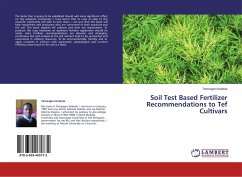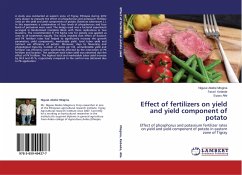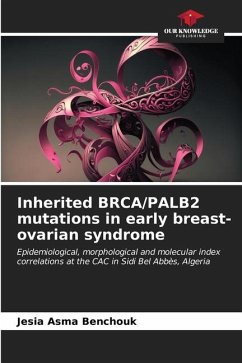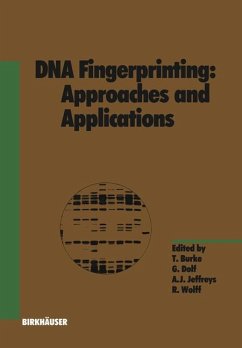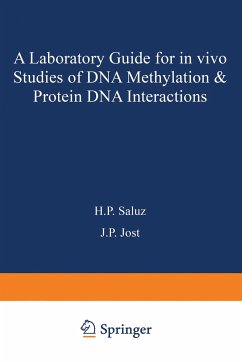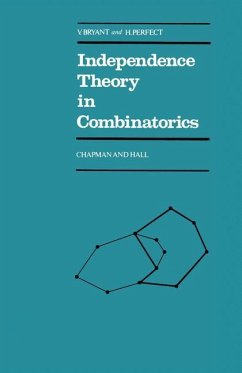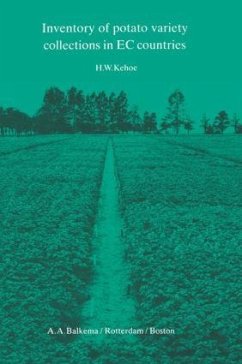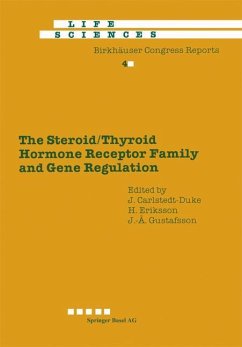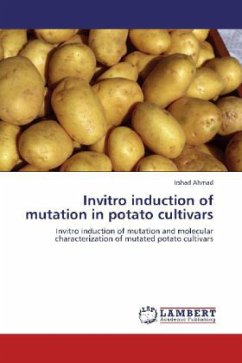
Invitro induction of mutation in potato cultivars
Invitro induction of mutation and molecular characterization of mutated potato cultivars
Versandkostenfrei!
Versandfertig in 6-10 Tagen
32,99 €
inkl. MwSt.

PAYBACK Punkte
16 °P sammeln!
The variation in mutant lines of three potato varieties Cardinal, Diamant and Desiree was studied. All the three varieties showed different callus induction response against different tested media with varying concentrations of plant hormones i.e., Cardinal (37.8%), Diamant (32.8%) and Desiree (42.8%) respectively. Similarly the regeneration efficiency of the callus from microtuber, root, leaf, node and internode explants of Cardinal, Dimant and Desiree with respect to different concentrations of chemical mutagens such as Colchicine and Sodium azide ( 0.1mM, 0.2mM, 0.3mM, 0.4mM and 0.5mM) was ...
The variation in mutant lines of three potato varieties Cardinal, Diamant and Desiree was studied. All the three varieties showed different callus induction response against different tested media with varying concentrations of plant hormones i.e., Cardinal (37.8%), Diamant (32.8%) and Desiree (42.8%) respectively. Similarly the regeneration efficiency of the callus from microtuber, root, leaf, node and internode explants of Cardinal, Dimant and Desiree with respect to different concentrations of chemical mutagens such as Colchicine and Sodium azide ( 0.1mM, 0.2mM, 0.3mM, 0.4mM and 0.5mM) was determined. Cardinal, Diamant and Desiree gave 35.33, 31.33 and 40.33 percent response respectively. Genomic DNA of the mutant lines of three cultivars with respect to controls were isolated and analyzed for polymorphisms by using RAPD markers. Four 10 bp random fragment primers, S-13, S-18, S-19 and R-17 were studied and all of them gave the amplification of genomic DNA. All these primers with specific banding pattern were unique in their polymorphic behavior. Different banding pattern of total protein contents were observed by PAGE analysis of mutant lines as compared with control plants.



